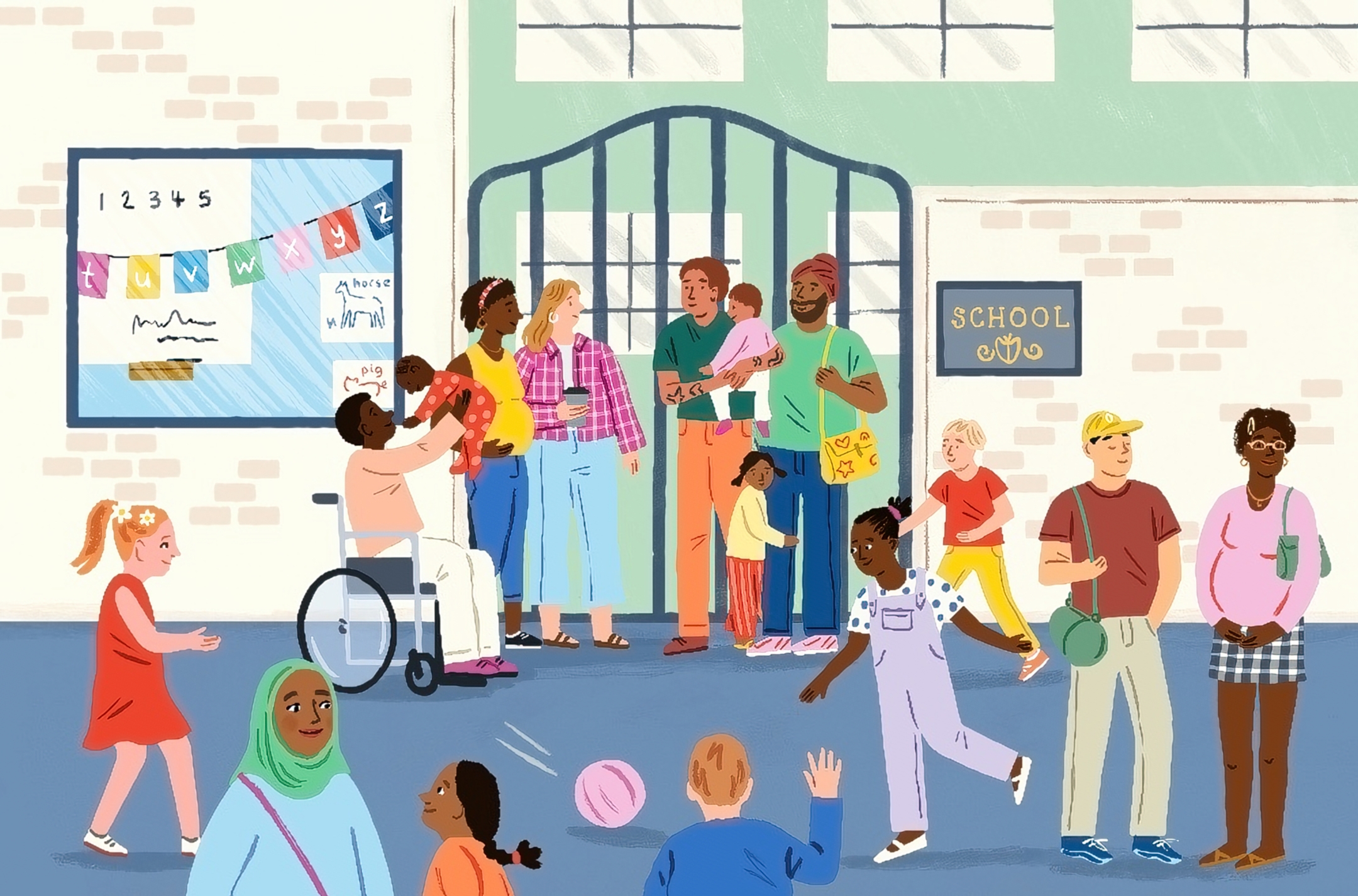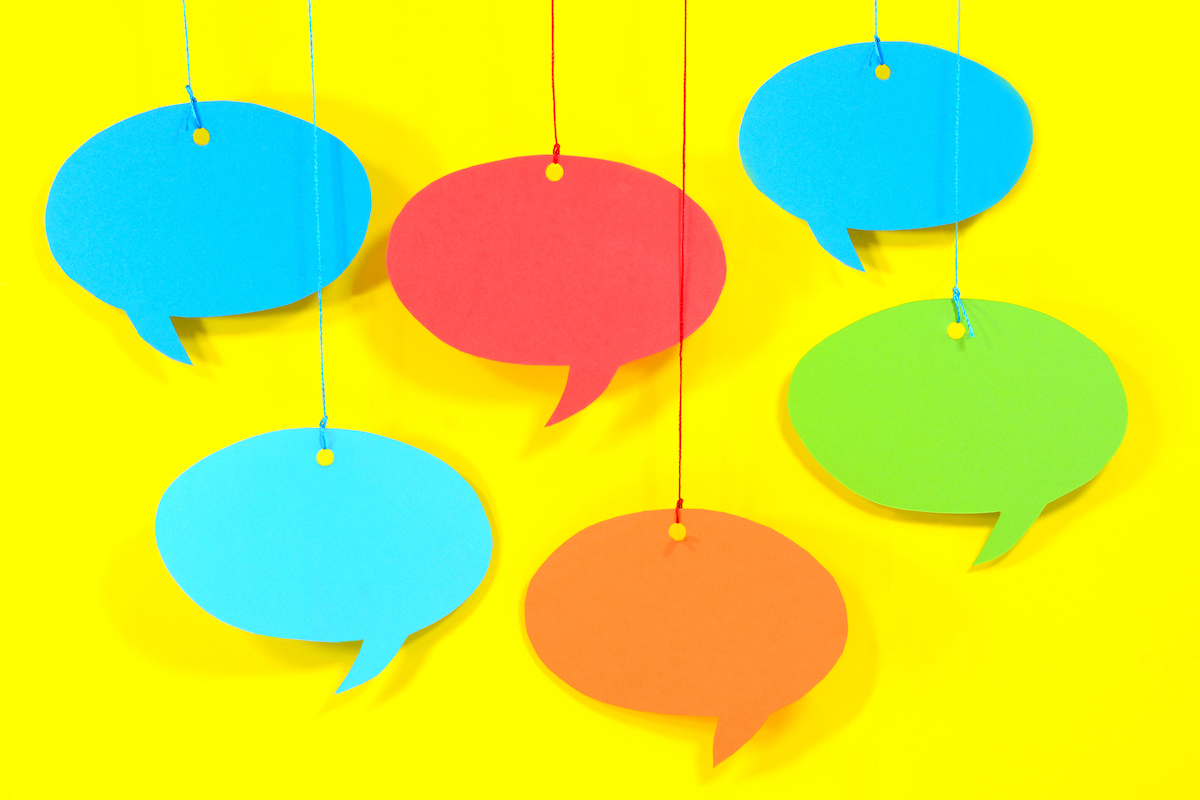I was wondering if you have any data on immersion programs for languages other than English in elementary school. My son will start kindergarten in the fall and we must decide if he’ll do the immersion program in Mandarin. We are on the fence but would love to see some actual data on the benefits or detriments.
—Anonymous
Dual language immersion programs have become more popular over the past several decades. Most commonly, these programs aim to serve a combination of native English speakers and English language learner (ELL) students. Historically, Spanish is the most common language and the programs start with a high concentration of the non-English language and move toward less over time.

There are a couple of possible benefits here. For students who are not native English speakers, this is a way to ease them into English, while also making sure they get a grounding in other subjects in a language they are familiar with. For native English speakers, it’s an opportunity to learn a new language in an immersion environment. Young children are much better at language learning than adults.
Evaluating these programs requires being thoughtful about the methods. It’s hard to just compare students who are enrolled in these programs with those who are not, because the students differ in other background characteristics. However, at least one study has used a case in which students were allocated to these programs by lottery. The program was oversubscribed, and lottery winners got in and lottery losers didn’t. Because the lottery was random, you can compare winners with losers to get a causal estimate.
This paper finds that achievement across the board — for non-language courses, for both ELL and native English speakers — is higher. These effects are especially pronounced for the ELL students, but they are also there for native English speakers.
In terms of facility with language, a summary paper argues that enrollment in these programs produces sustained gains in language skills through early high school.
This strikes me as mostly good news! None of these impacts are enormous, so not doing it would also be a reasonable choice, but I don’t see any reason based on the data to avoid it.
Community Guidelines















Log in